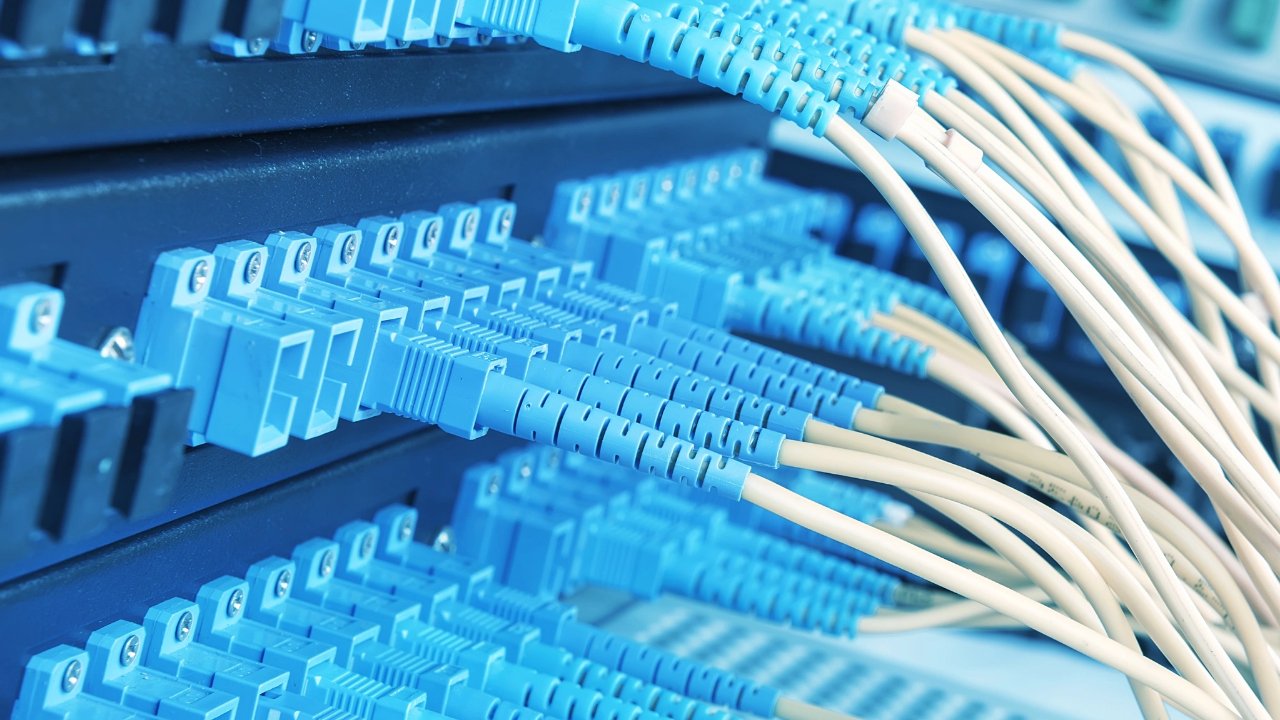Managed Service Providers (MSPs) are constantly looking for ways to enhance operational efficiency, reduce downtime, and deliver superior service to clients. One of the most impactful yet often overlooked aspects of network management is Customer Premises Equipment (CPE) health monitoring.
Automated CPE health monitoring transforms how MSPs track, analyze, and respond to network device performance—ensuring proactive issue resolution before clients even notice a problem. In this article, we’ll explore why automated CPE monitoring is a game-changer for MSP dashboards, how it improves service delivery, and best practices for implementation.
Why Automated CPE Health Monitoring is Essential for MSPs
1. Proactive Issue Detection & Resolution
Waiting for a client to report an issue is reactive—and costly. Automated CPE monitoring continuously tracks device health (routers, switches, firewalls, etc.), alerting MSPs to potential failures before they escalate.
- Reduces downtime by identifying overheating, high CPU usage, or failing hardware.
- Improves SLAs by addressing problems before clients are affected.
- Enhances client trust through consistent, uninterrupted service.
2. Centralized Visibility via MSP Dashboards
A well-integrated dashboard consolidates CPE health data, providing real-time insights:
- Device status (online/offline, latency, packet loss)
- Performance metrics (bandwidth utilization, memory usage)
- Automated alerts (threshold-based notifications for critical events)
This unified view eliminates manual checks, saving time and reducing human error.
3. Scalability for Growing MSPs
Manual monitoring doesn’t scale. As MSPs onboard more clients, automated systems:
- Handle hundreds (or thousands) of devices without added workload.
- Support multi-vendor environments (Cisco, Ubiquiti, MikroTik, etc.).
- Integrate with RMM & PSA tools like ConnectWise, Datto, or NinjaRMM.
Key Features of an Effective CPE Health Monitoring System
Not all monitoring tools are created equal. The best solutions offer:
1. Real-Time Performance Tracking
- Latency & jitter monitoring for VoIP and cloud services.
- Bandwidth utilization trends to prevent congestion.
- CPU, memory, and temperature alerts to avoid hardware failures.
2. Automated Alerts & Escalation
- Customizable thresholds (e.g., notify if CPU exceeds 90% for 5+ mins).
- Multi-channel notifications (email, SMS, Slack, Teams).
- Escalation workflows to ensure critical alerts aren’t missed.
3. Historical Reporting & Analytics
- Trend analysis to predict future failures.
- Compliance reporting for client audits.
- Performance baselining to detect anomalies.
4. Integration with MSP Tools
- RMM & PSA platforms for seamless ticketing.
- APIs for custom dashboards (Power BI, Grafana).
- SNMP, ICMP, and NetFlow support for comprehensive monitoring.
Best Practices for Implementing Automated CPE Monitoring
1. Start with Critical Devices First
Prioritize core network devices (firewalls, switches, routers) before expanding to endpoints.
2. Set Realistic Thresholds
Avoid alert fatigue by fine-tuning thresholds—e.g., triggering alerts only for sustained high CPU usage, not temporary spikes.
3. Automate Remediation Where Possible
- Reboot unresponsive devices remotely.
- Adjust QoS settings during congestion.
- Failover to backup links if primary fails.
4. Educate Clients with Transparent Reporting
- Share health reports to demonstrate value.
- Explain preventive actions taken to build trust.
5. Continuously Optimize
- Review false positives and adjust rules.
- Expand monitoring as client networks grow.
The Future of CPE Monitoring: AI & Predictive Analytics
The next evolution in CPE health monitoring includes:
- AI-driven anomaly detection (identifying unusual patterns before failure).
- Predictive maintenance (replacing hardware before it fails).
- Self-healing networks (automated corrective actions).
MSPs that adopt these advancements will lead in service reliability and client satisfaction.
Conclusion: Why Your MSP Needs Automated CPE Monitoring Now
Manual checks and reactive support are no longer sustainable. Automated CPE health monitoring:
✔ Prevents outages before they happen.
✔ Saves time with centralized dashboards.
✔ Scales effortlessly with your MSP’s growth.
By integrating smart monitoring tools, MSPs can shift from break-fix models to proactive, value-driven service—keeping clients happy and churn low.
